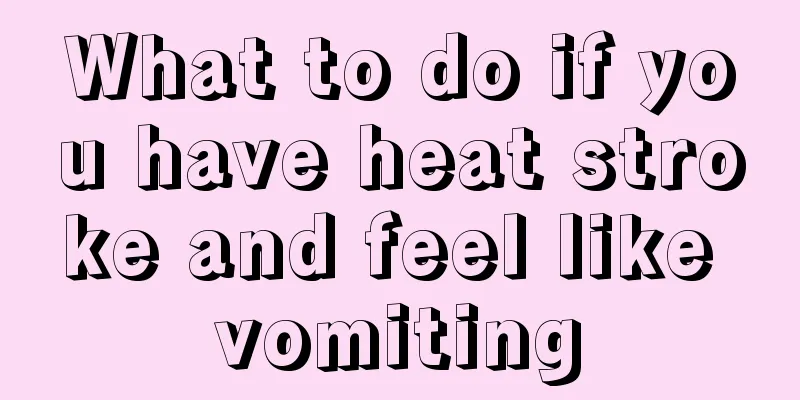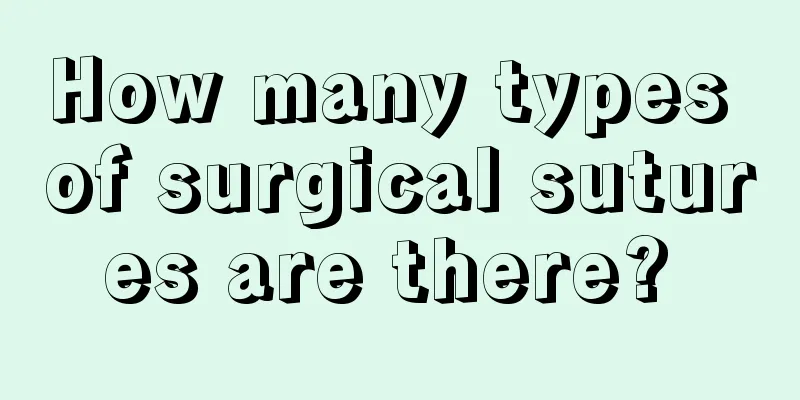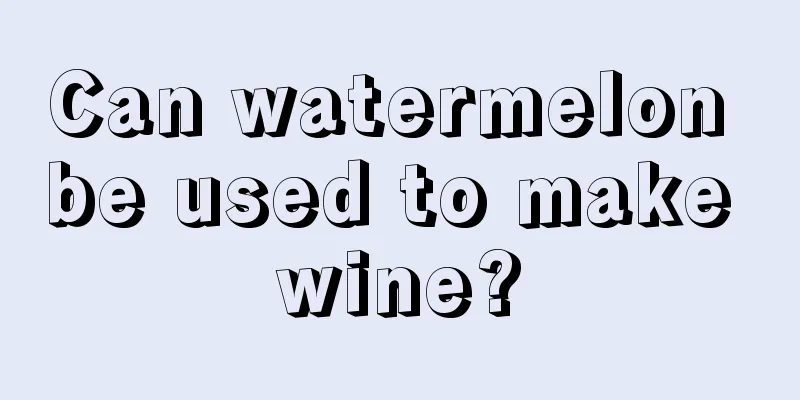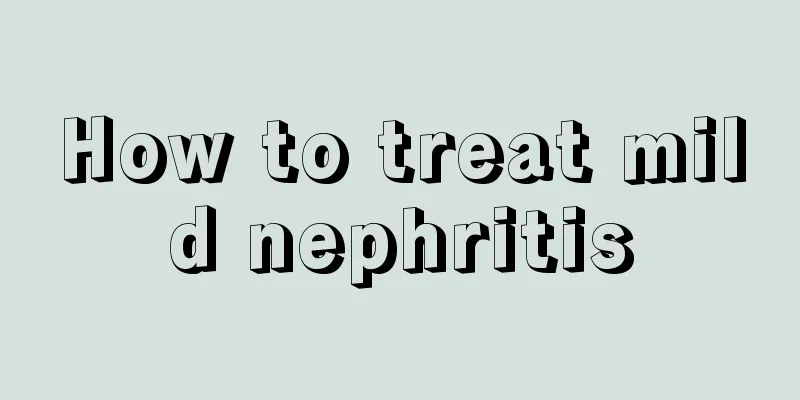Symptoms of gallstones, early treatment when symptoms are detected

|
In fact, many people have gallstones, but some people do not have any obvious symptoms and do not have attacks. However, some people have particularly obvious symptoms of gallstones, such as frequent stomach pain, back pain, vomiting, and severe cases can also cause pancreatitis. Timely treatment and care are required. 1. Symptoms: 1. Gallstones usually have no obvious symptoms in the early stages and are mostly discovered during routine physical examinations. Sometimes, mild discomfort may be mistaken for stomach problems and not promptly treated. 2. Some single or multiple gallstones exist freely in the gallbladder, are not easily incarcerated, and rarely cause symptoms. They are called asymptomatic gallstones. 3. Small stones in the gallbladder may become lodged in the neck of the gallbladder, causing clinical symptoms. Especially when the gallbladder contracts after eating greasy food, or when the body position changes during sleep, the symptoms may be aggravated. 4. When gallstones are embedded in the neck of the gallbladder, it causes acute obstruction, leading to increased pressure in the gallbladder. The bile cannot be discharged through the gallbladder neck and the cystic duct, thus causing clinical symptoms, usually manifested as biliary colic. It presents as persistent right upper abdominal pain, which worsens in paroxysmal ways and may radiate to the right shoulder and back, often accompanied by nausea and vomiting. For some patients, clinical symptoms can be relieved on their own after a few hours. 5. If the impaction of gallstones persists, the gallbladder will continue to enlarge and may even be infected, thus progressing to acute cholecystitis. If not treated promptly, a small number of patients may develop acute suppurative cholecystitis. In severe cases, gallbladder perforation may occur, with serious clinical consequences. 2. Daily care of gallstones 1. Eat less spicy spices, carbonated drinks, alcohol and other foods that promote the secretion of gastric juice. Gastric juice will stimulate the contraction of the gallbladder and increase the occurrence of stones. 2. Eat breakfast, lunch and dinner at fixed times. When bile excretion is irregular, the bile in the gallbladder can easily coagulate into stones. 3. Dietary fiber has the function of reducing cholesterol in the blood. Eat fiber-rich foods such as brown rice, germ rice, vegetables, and seaweed. 4. Limit fat in your diet. High cholesterol can easily lead to gallstones, so you should limit your intake of foods rich in animal fats such as eggs, cream, butter, liver, fish eggs, etc. |
<<: What is arrhythmia? Know the causes and symptoms early
Recommend
What are some tips for removing skin melanin
Melanin is a necessary substance for the human bo...
How long can yogurt be kept after opening
Usually, yogurt should be consumed immediately af...
What is the effect of diammonium glycyrrhizinate injection
The main function of diammonium glycyrrhizinate i...
How to clean red wine stains on clothes
Red wine has many functions. Regular and quantita...
What should I do if I have allergies during pregnancy?
In daily life, allergies are a very common phenom...
What are the early symptoms of rectal cancer? Do you know the 4 common symptoms?
Rectal cancer is one of the common digestive trac...
Effects and contraindications of jujube
Jujube is a food we often eat. The nutritional va...
Are pears high in sugar?
Most pears are high in sugar because they contain...
How long does it take to soak new contact lenses
Nowadays, more and more people are nearsighted, a...
What are the various examination methods for tongue cancer
What are the various examination methods for tong...
What kind of exercises can patients with bile duct cancer do
Cholangiocarcinoma refers to a primary malignant ...
Does skull repair affect life expectancy?
The human brain is a very important part, especia...
What diseases does the immunology department treat?
When talking about immunology, many people can on...
Can swimming treat high blood pressure?
People now have a higher standard of living and e...
Can I wash my face with Amoxicillin?
Amoxicillin is an anti-inflammatory drug that is ...









